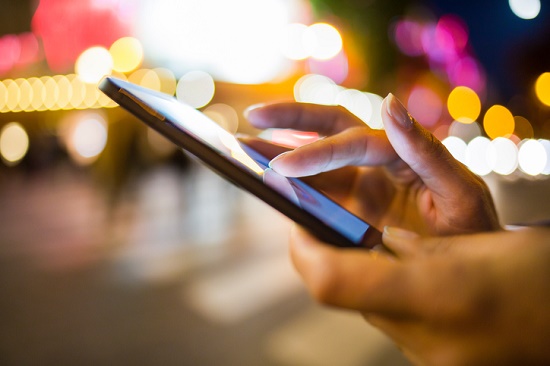
Hearing aids have advanced dramatically over the past 10-15 years.
As each year passes by, hearing aids become smaller, more discreet, and more reliable at enhancing sound. They also come well equipped with a variety of sophisticated features, including the ability to connect to other gadgets wirelessly, which is what we’ll be reviewing today.
Here’s how wireless technology works and how you can benefit.
How Bluetooth technology works
Bluetooth is a standardized wireless communication platform that allows devices to interact with each other through radio waves. A large assortment of products incorporates Bluetooth technology, such as smartphones, portable music players, tablets, computers, and TVs.
Have you ever witnessed someone speaking on their phone using a hands-free headset? Or someone receiving a call from their cell phone using their car audio system? That’s Bluetooth technology in action.
So can you purchase a Bluetooth hearing aid?
Yes and no. Bluetooth technology demands a greater power supply than can be granted by hearing aid batteries. But there is a workaround, and in fact, there are two.
Your options for wireless hearing aids
Hearing aids do not include Bluetooth technology directly because, as we stated, it would drain the battery too quickly. Fortunately, manufacturers solved this problem a while ago by creating an intermediary between the hearing aid and the Bluetooth device (phone, TV, computer, etc.). This intermediary is known as either a “streamer” or an “assistive listening device.”
Here’s how it works: your Bluetooth equipped cell phone communicates wirelessly to the streamer which then delivers the signal to the hearing aid without depleting the battery.
So, if you’re shopping around for wireless hearing aids, you have two main options:
- Hearing aids combined with an assistive listening device – as described above, the assistive listening device, or streamer, which is a small hand-held device, acts as an intermediary between the Bluetooth device and the hearing aid.
- Made for iPhone hearing aids – some hearing aid models are labeled as “Made for iPhone,” which in essence means that the iPhone acts as the streamer itself, communicating directly with the hearing aid.
Your hearing care expert can help you figure out which choice is right for you.
The benefits of wireless hearing aids
Whether using a streamer or a Made for iPhone hearing aid, there are multiple benefits to going wireless, including:
- Improved music listening experience – think about streaming your favorite music from your iPhone or handheld music player directly to your hearing aids. In this way, your hearing aids transform into a pair of high-quality earbuds.
- Hands-free phone calls – answering calls with no hands is more convenient and having the audio stream straight to the hearing aids produces better sound quality.
- Sharper TV sound – streaming the audio from your computer, tablet, or television leads to clearer sound and elevated speech comprehension from movies and TV shows. You’ll never struggle to follow dialogue again.
- Better gym experience – listen to your favorite music or podcasts at the gym without any wires getting in the way.
- Customized control – inconspicuously adjust your hearing aid volume and settings by using your wireless remote control or iPhone (with compatible models).
- Connection to hearing loops – hearing aids fit with telecoils can connect with hearing loop systems in community venues like auditoriums, movie theaters, and courts.
Thinking about upgrading to wireless hearing aids? Call us today for more information.
